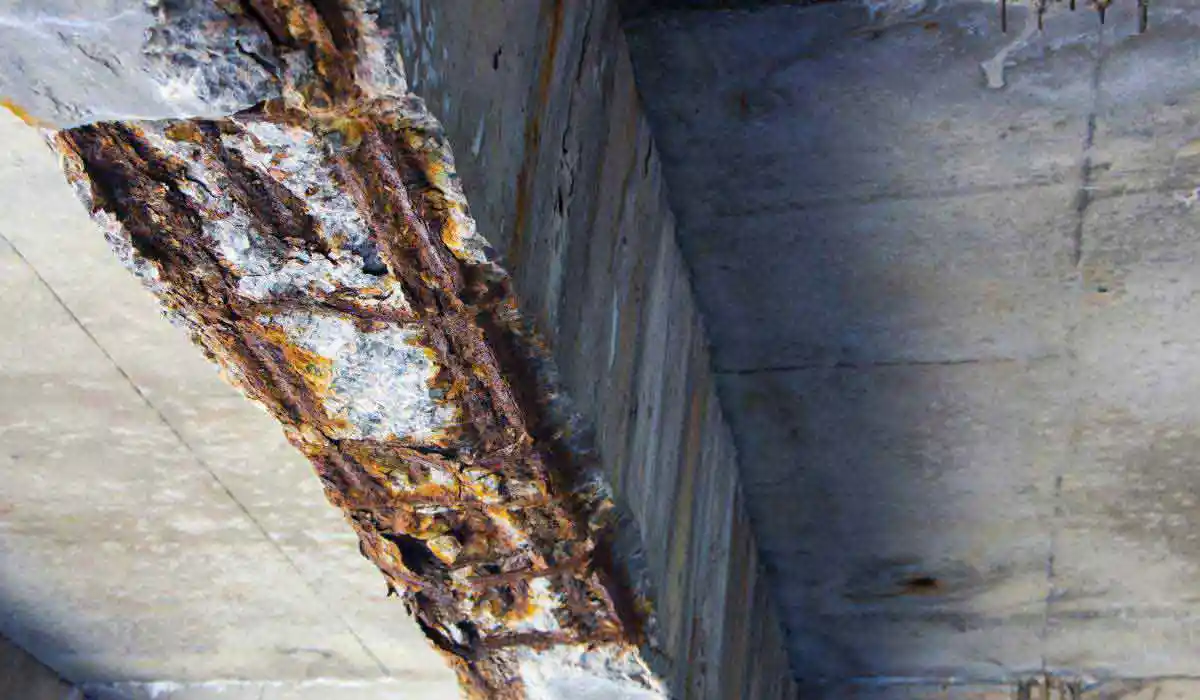ACI 562 Code Requirements for Assessment, Repair, and Rehabilitation of Concrete Structures and Commentary
Keith Kesner, PhD, PE, SE, FACI, Senior Project Manager, CVM Professional 1002 West 9th Avenue, King of Prussia, PA 19406
Fred Goodwin, FACI, FICRI, FASTM, Global Corrosion Competency Center Head Senior, Scientist II R&D/Technology, BASF Construction Chemicals, BASF Corporation, 23700 Chagrin Blvd., Beachwood, Ohio, 44122, USA

The ACI 562 Code Requirements for Assessment, Repair, and Rehabilitation of Concrete Structures and Commentary was first published in 2013 and revised in 2016. Development of ACI 562 was an industry response to variations in practice and performance of concrete repair which produced different levels of safety, serviceability, and economics. The code also served to clarify the difference between requirements for new construction and concrete repair. The code provides minimum requirements for the assessment, repair, rehabilitation of existing concrete structures and, where applicable, nonbuilding structures. The code includes both prescriptive and performance requirements. Commentary is provided for both the prescriptive and performance requirements, and is intended to provide guidance to the licensed design professional and reference sources for additional information on the material presented in the code provisions.
Motivation for Development of a Concrete Repair Code
Development of a building code for repair of existing concrete structures has been discussed for over thirty years, starting with efforts by ACI Committee 364 – Rehabilitation. The need for a code for assessment, repair, rehabilitation, and strengthening of existing concrete structures developed through discussions of design professionals, contractors, suppliers, manufacturers, researchers, educators, and lawyers. These groups recognized that the public was not well served by the poor performance of current repair practice. Further, the size of the repair industry was sufficient that a code was warranted.
The annual cost to owners for repair, protection, and strengthening of existing concrete structures is estimated between $18 and $21 billion in the United States alone (Vision 2020). However, the performance of repairs was found to be unsatisfactory. The REMR CS-2 study by the US Army Corps of Engineers stated that “A little more than 50% of the repairs performed on the Corps structures are performing satisfactorily, which is an unacceptable rate. Failures of repairs are attributable to design or evaluation errors, material performance, and installation or construction errors. The Corps experience is not unusual.” A later study from the ConRepNet program from the Building Research Establishment in Europe found that in the 215 case histories studied “after 5 years, 80 percent of the repairs continued to be satisfactory, after 10 years 30 percent were satisfactory and after 25 years 10 percent. Repair failures were ascribed to a variety of causes:
Fred Goodwin, FACI, FICRI, FASTM, Global Corrosion Competency Center Head Senior, Scientist II R&D/Technology, BASF Construction Chemicals, BASF Corporation, 23700 Chagrin Blvd., Beachwood, Ohio, 44122, USA

The ACI 562 Code Requirements for Assessment, Repair, and Rehabilitation of Concrete Structures and Commentary was first published in 2013 and revised in 2016. Development of ACI 562 was an industry response to variations in practice and performance of concrete repair which produced different levels of safety, serviceability, and economics. The code also served to clarify the difference between requirements for new construction and concrete repair. The code provides minimum requirements for the assessment, repair, rehabilitation of existing concrete structures and, where applicable, nonbuilding structures. The code includes both prescriptive and performance requirements. Commentary is provided for both the prescriptive and performance requirements, and is intended to provide guidance to the licensed design professional and reference sources for additional information on the material presented in the code provisions.
Motivation for Development of a Concrete Repair Code
Development of a building code for repair of existing concrete structures has been discussed for over thirty years, starting with efforts by ACI Committee 364 – Rehabilitation. The need for a code for assessment, repair, rehabilitation, and strengthening of existing concrete structures developed through discussions of design professionals, contractors, suppliers, manufacturers, researchers, educators, and lawyers. These groups recognized that the public was not well served by the poor performance of current repair practice. Further, the size of the repair industry was sufficient that a code was warranted.
The annual cost to owners for repair, protection, and strengthening of existing concrete structures is estimated between $18 and $21 billion in the United States alone (Vision 2020). However, the performance of repairs was found to be unsatisfactory. The REMR CS-2 study by the US Army Corps of Engineers stated that “A little more than 50% of the repairs performed on the Corps structures are performing satisfactorily, which is an unacceptable rate. Failures of repairs are attributable to design or evaluation errors, material performance, and installation or construction errors. The Corps experience is not unusual.” A later study from the ConRepNet program from the Building Research Establishment in Europe found that in the 215 case histories studied “after 5 years, 80 percent of the repairs continued to be satisfactory, after 10 years 30 percent were satisfactory and after 25 years 10 percent. Repair failures were ascribed to a variety of causes:
- incorrect diagnosis of the original cause of deterioration
- incorrect design of the repair and method of application
- selection of inappropriate material, and
- poor workmanship”
This is a premium article available exclusively for our subscribers.
If you are already a subscriber, please Login
If not, subscribe now and get access to well researched articles & reports on infrastructure construction, equipment & machinery, innovations & technology, project reports, case studies, and more. All this by simply paying just ₹200/- for a month of complete portal access, or a discounted rate of ₹1000/- for a full year of access.
NBM&CW February 2020



















